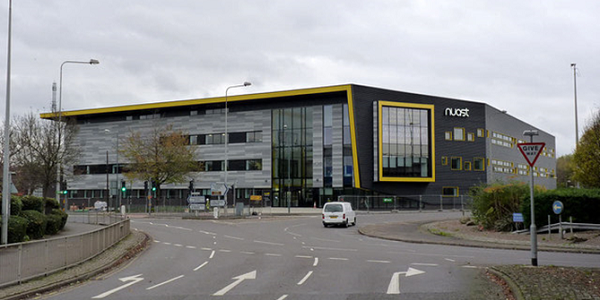
March 24, 2017, by Stuart Moran
Emerging data management needs in the School of Education
Over the last few weeks the Digital Research Team have been meeting with a range of researchers across the School of Education to understand what capabilities they need to securely manage their research data. The researchers were identified based on their collective representation of the types of research and data across the school.
There were a clear set of capabilities that have emerged that all the researchers need:
Data Collection
There are two principal ways that research data is collected by the group: in-person or remotely. When data is gathered in person, it is typically captured using audio recorders, tablet computers and video cameras and the challenge is how to transfer this data back to the University safely. Some researchers who work in remote settings need the data gathering device itself to be secure, while others need secure mechanisms to transfer the data via the internet. For those researchers who gather data remotely, typically from teachers or other practitioners, it becomes a question of how do they safely send the data, keeping in mind any administrative restrictions and perhaps limits in technological literacy.
Data Storage
Once the data has been brought to the University, it needs to be stored securely but in such a way that it is readily accessed and worked with by multiple researchers. When considering the data could be hours of HD video footage, there needs to be sufficient secure storage for this data. This need becomes exacerbated when considering the long-term requirement to securely archive research data for 8 years+.
Data Sharing
Beyond simply transmitting the data, there is also a strong need to collaboratively share and edit research data in real time. This is likely to occur internationally with multiple partners, and from a range of different devices and operating systems. The effective secure management of this is the overriding need for the school. The results so far are based on a small group, and the next steps are to run a survey across the school to get a sense of the collective capabilities required. This information will then directly inform what technologies are explored over the next few months.
Stuart Moran, Digital Research Specialist for Social Sciences
No comments yet, fill out a comment to be the first

Leave a Reply